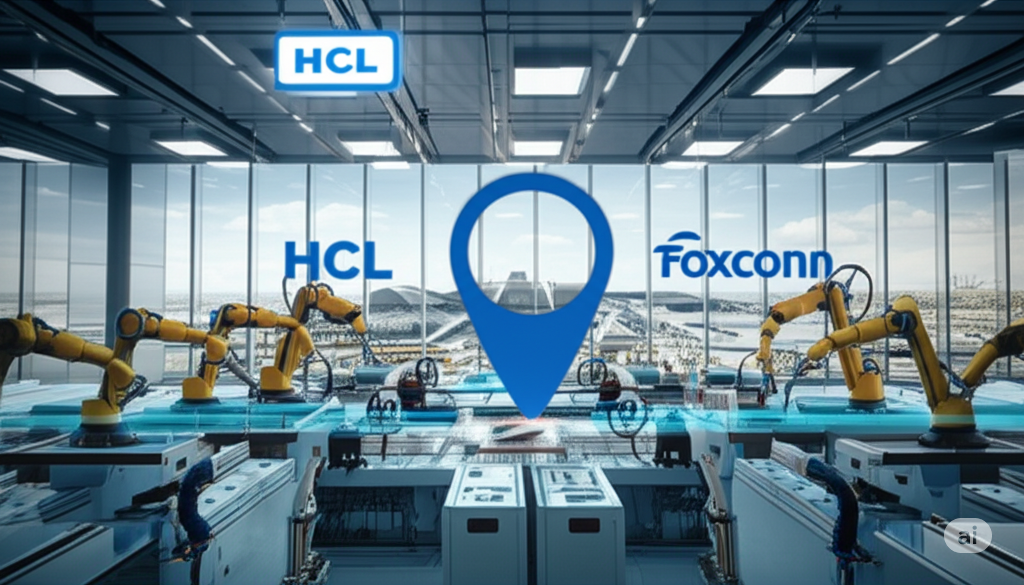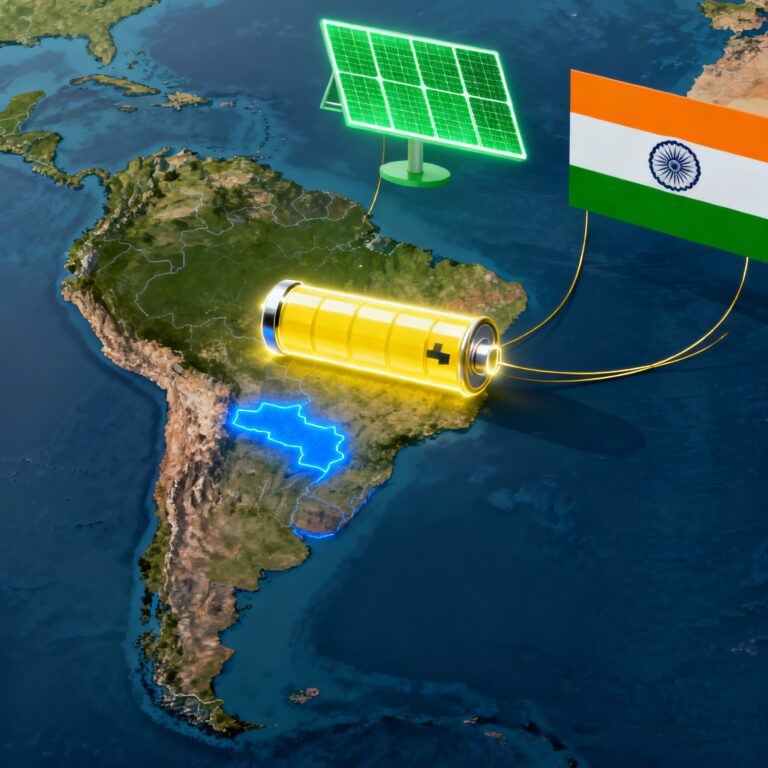In a groundbreaking stride toward technological self-reliance, India has just approved a game-changing initiative: a ₹3,706 crore semiconductor manufacturing facility to be built near Jewar Airport in Uttar Pradesh. As the world grapples with chip shortages and geopolitical tensions shape tech alliances, India’s bold step reflects its rising ambitions to become a global semiconductor powerhouse. This announcement isn’t just about a factory—it’s a cornerstone in India’s vision for tech independence and economic security.
The Key Players: HCL and Foxconn Join Forces
At the heart of this initiative lies a strategic joint venture between two major players: India-based tech leader HCL and Taiwan’s Foxconn, a globally renowned electronics manufacturing giant. HCL brings decades of technical expertise, deep roots in India’s tech ecosystem, and a strong talent pool. Foxconn, on the other hand, is best known for assembling products for Apple and other tech giants, and it boasts unparalleled manufacturing proficiency and global supply chain access. Together, they aim to build not just a plant, but a capability—laying the foundation for advanced chip manufacturing in India.
Location: The Strategic Choice of Jewar

The facility will be located in the Yamuna Expressway Industrial Development Authority (YEIDA) region, strategically positioned near the upcoming Jewar International Airport. This location offers several key advantages:
- Proximity to the Airport: Ideal for logistics and global connectivity.
- Emerging Industrial Corridor: The Yamuna Expressway is rapidly developing into a manufacturing and logistics hub.
- Synergy with Upcoming Infrastructure: Nearby tech parks, expressways, and smart city projects create a conducive ecosystem for high-tech industries.
The decision to situate the plant here underlines the state’s efforts to transform UP into an industrial and innovation hub.
What They’ll Make: Focus on Display Driver Chips
The plant will specialize in the production of display driver chips—a fundamental component in virtually all modern electronic devices. These chips are responsible for translating digital signals into visuals on screen, and are essential in:
- Smartphones
- Laptops
- Automotive displays
- PCs
- Televisions and other digital displays
With global demand for display driver chips soaring, this facility is poised to meet nearly 40% of India’s domestic requirement, reducing heavy reliance on imports and ensuring supply chain resilience.
Numbers That Matter: Investment, Capacity, and Jobs
The scale of this project is impressive and transformative:
- Investment: ₹3,706 crore
- Production Capacity: 20,000 wafers per month
- Output Potential: 36 million display driver units monthly
- Employment Generation: Estimated 2,000 direct jobs, with thousands more indirectly through allied industries
This isn’t just an industrial investment—it’s a catalyst for economic growth, job creation, and high-skilled workforce development in the region.
India’s Semiconductor Mission: A Step Towards Self-Reliance
This development is a significant milestone under the broader India Semiconductor Mission (ISM), a ₹76,000 crore initiative launched to promote domestic chip and display manufacturing. The HCL-Foxconn project marks the sixth approved unit under this mission, showing consistent policy backing and industry momentum.
The ISM aims to:
- Strengthen India’s tech infrastructure
- Reduce dependency on semiconductor imports
- Improve national security by securing chip supply chains
- Foster innovation and indigenous R&D in chip technologies
This new facility aligns perfectly with the vision of making India not just a consumer but a producer of core technologies.
Impact and Future Implications
The ripple effects of this project will be felt across India’s tech and manufacturing sectors:
- Reduced Import Dependence: Especially for display chips, contributing to self-reliance.
- Supply Chain Development: Equipment suppliers, logistics firms, and component makers will be drawn to the region.
- Skill Development: A boost in training programs and technical education to support the workforce needs.
- Global Visibility: Strengthens India’s positioning in the global semiconductor supply chain.
This project isn’t just a response to today’s chip challenges; it’s a future-oriented move positioning India as a serious contender in the global semiconductor race.
Conclusion: A Bright Future for Indian Tech Manufacturing
India’s journey towards becoming a global tech manufacturing hub takes a significant leap forward with the approval in Jewar. With strong government backing, strategic private partnerships, and a clear roadmap under the India Semiconductor Mission, the future is luminous. As the digital economy grows, so does the need for reliable, domestic chip production, this facility stands as a beacon of India’s readiness to lead from the front.









+ There are no comments
Add yours